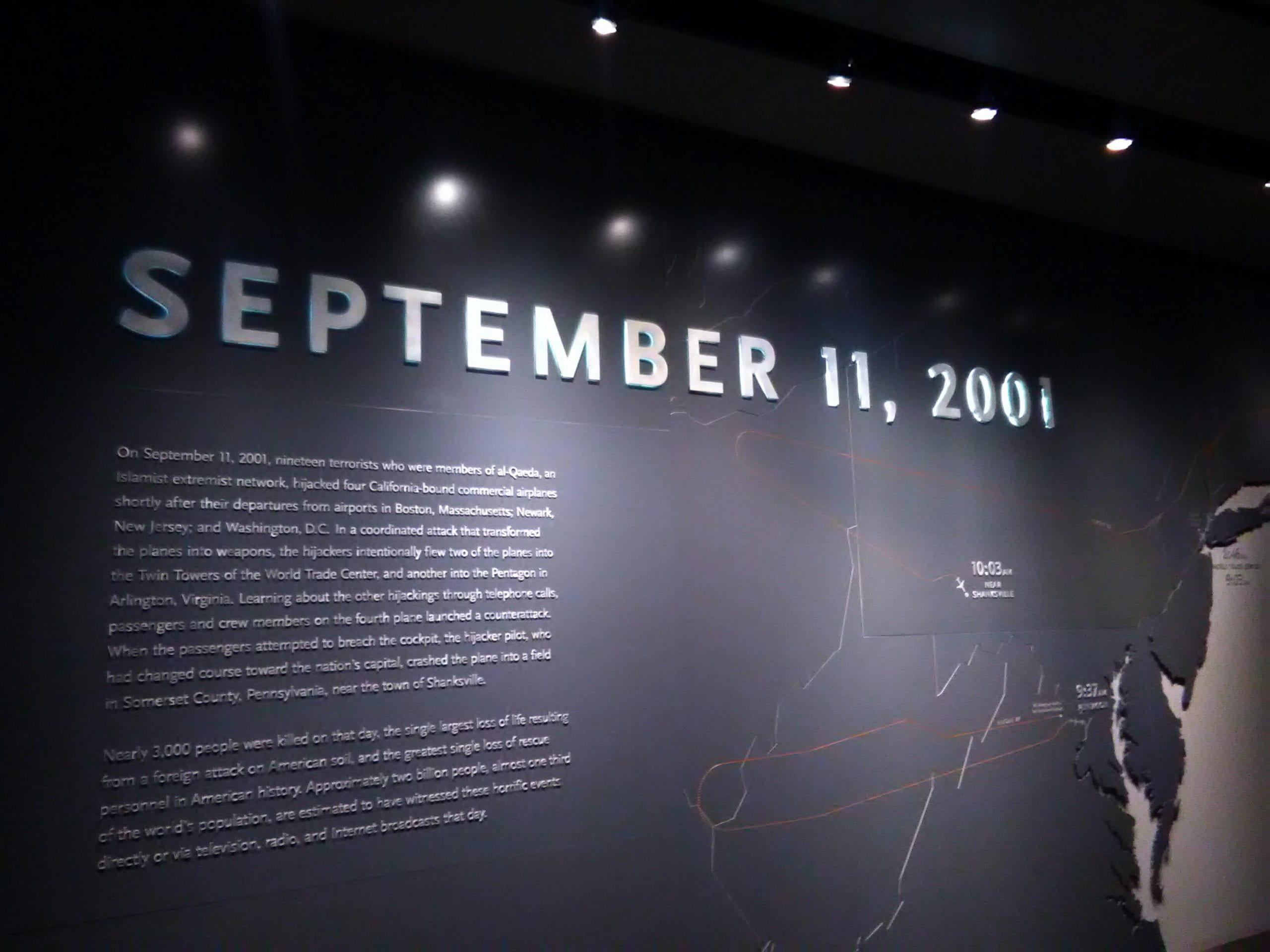Stephanie Sylvester
Editor-in-Chief
Thursday, August 30 at 2:30 p.m. I walked with the victims of the September 11, 2001 terrorist attack. Before walking with them, I went through the “TSA line” to have my purse checked and body scanned. Being checked like that before entering the 9/11 Memorial Museum was the first thing that reminded me of the importance of this event to the history of New York City and the United States.
This year is the 17th anniversary of the attack and regardless, you can still feel the effects of 9/11 when walking through the museum. You are initially overwhelmed with mixed emotions that say, “Wow this is so sad” or “None of my loved ones were hurt in this tragedy. Why should I care?” The key is to not be afraid of anything you feel when exploring the museum even if you feel nothing because the museum is for everyone.
People have different reasons for visiting this heart-wrenching monument whether it be to pay their respects to the government officials that lost their lives, read the stories of loved ones they lost in the tragedy, reflect on the positions they were in when it occurred, or simply to gain a better understanding of the events that occurred and why they occurred. All are welcome to ponder.
Ponder the timelines written on the walls inside the exhibits. Ponder on the airplane fragments and seatbelts inside of the display glass. My eyes watered when I pondered the bunker coat of the brave firefighter, Alan Wallace, who lost his life in the attack trying to protect the civilians. Halligan, fire ax, bam-bam, and rabbit tools were even preserved from other firefighters as well that sacrificed their lives to save others who were trapped in the floors above them.
You even get to see old televisions, telephones, and computer diskettes from the 80s that were actually in the World Trade Center before and after the attack. One of the most interesting artifacts I observed at the museum were the high heels of former Morgan Stanley vice president, Michele Martocci. She wore them during the attack to walk all the way from her office on the 62nd floor to her friend’s house in Brooklyn.
“I never thought anything could hurt that place,” said Gary Tobias from the Arlington County Fire Department. This quote gave me goosebumps when I observed it in the exhibit because it reminded me of how unexpected the attack was. Additionally, Michelle Wiley’s statement: “It went from that bright crisp morning to just total blackness, and then it felt like an earthquake” provided colorful imagery that advanced my understanding of how undeserved and tragic this event really was.
Another intriguing artifact that stood out at the museum were the pieces of paper. Many citizens who were on the street amongst the debris when the tragedy occurred described little pieces of paper falling from the sky like confetti. An interesting piece of paper I observed was Mayor Rudolph Giuliani’s schedule consisting of a normal day in the life of a mayor that was disrupted by the attack and therefore edited accordingly.
Journalists described the scene after the incident as “Ground Zero” because of the way over 2,000 degrees of fury annihilated the buildings. Photojournalist, William G. “Bill” Biggart, has photography displayed that shows the twin towers collapsing right before his death. “If I died they would find my film,” said another photojournalist, Catherine Leuthold. William was the only journalist to die during the 9/11 tragedy, yet his photos survived and display history we can freely refer to to remember 9/11.
An intense part of one of the exhibits is a timeline video that explains the start of Al Qaeda, Osama bin Laden, and his followers. In great detail it highlights the steps Al Qaeda took to launch the attack and the motivations behind it. Something new I learned was that the North Tower of The World Trade Center was attacked prior to 9/11 in February of 1993. A truck containing a homemade bomb crashed into the tower injuring over a thousand people and killing six. This year is the 25th anniversary of the attack.
The reason you should visit the 9/11 Memorial Museum at least once in your life is because you will get complete access to a vivid depiction of what 9/11 is like and why it happened. The most important messages you should take from that experience is how 9/11 changed America as a nation. You will get a chance to walk through an exhibit that highlights the positive strides and advances America has made since then. Understanding 9/11 is understanding America’s strength.
sylvs12@mail.broward.edu
Photo info: The 9/11 Memorial Museum in NY. Stephanie Sylvester/The Observer
